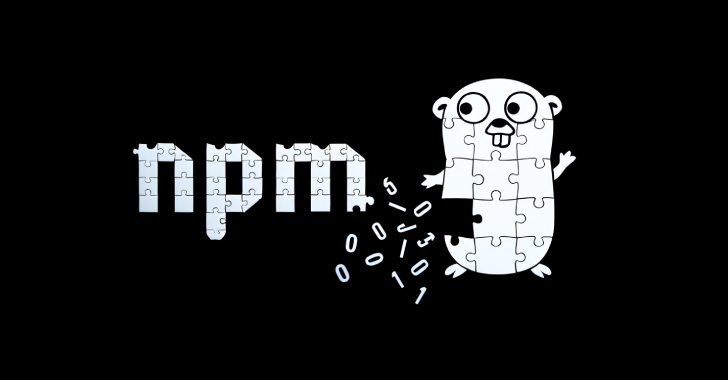The scientists learning to speak whalehttps://www.bbc.com/future/article/20240409-the-scientists-learning-to-speak-whale
“In a world-first, scientists had a “conversation” with a whale. Now, researchers are trying to find out what they are actually saying.
A growling “throp” noise emanates from the research vessel’s underwater speaker. A humpback breaks away from its group and approaches. The mammal circles the boat. It surfaces and then dives again, tail slipping noiselessly into the water, and echoes the call back.
Researchers who “conversed” with a humpback whale say their encounter could be the first step towards communication with non-human intelligence. It was in 2021, off the coast of south-east Alaska, that the team of six scientists played a recording of a humpback greeting call using an underwater speaker. They were stunned when one humpback whale they had named Twain responded in a conversational manner.
Brenda McCowan was broadcasting a recorded humpback contact call – a “whup” r “throp” – through an underwater speaker. When Twain finally moved away, Hubbard ran downstairs to find a hubbub of excitement. Twain had “spoken” back, engaging in a “conversation” that lasted a full 20 minutes.
Long, rhythmic and constantly evolving, whales’ haunting songs can flow across entire ocean basins. They chatter with whistles and pulses, or use echolocation to paint pictures of their underwater world.
Whales have enchanted humans for centuries. In fact, whales display a long list of behaviours similar to humans. They cooperate with one another, as well as other species. They teach each other useful skills, look after each other’s young, and play.
However, unlike humans, the dominant sense in whales is not sight, but hearing. Sink 200m (660ft) below the ocean surface, and you’ll travel beyond the reach of light. Sound, on the other hand, can move farther and faster in water than it does in the air.
Baleen whales, including humpbacks, right whales and blue whales, have evolved a unique larynx that allows them to produce super low-frequency sounds which can travel huge distances. Blue whales, for instance, emit frequencies as low as 12.5 Hz, classed as infrasound and below the threshold of human hearing. Toothed whales, meanwhile, which include sperm whales, dolphins, porpoises and orcas, are the among loudest animals on Earth and use ultra-fast clicks for echolocation, to “see” their world, as well as soft burst pulses and whistles to communicate.
Fast forward to today, and the Seti research team hopes deciphering whale communication could help us to understand aliens, should we encounter any. The group hypothesises that whale sounds contain complex, intelligent messages akin to languages used by humans or potentially extraterrestrials. However, says McCowan, our understanding of whale communication is still very much in its infancy.
More than 5,000 miles (8,000km) away, a group of artificial intelligence and natural language processing experts, cryptographers, linguists, marine biologists, robotic experts and underwater acousticians are also hoping to use AI – this time to decipher sperm whale conversation.
Launched in 2020, Ceti (Cetacean Translation Initiative), led by marine biologist David Gruber, has been continuously recording a group of whales off the coast of Dominica, an island in the Caribbean, using microphones on buoys, robotic fish and tags fitted to the whales’ backs.
Sperm whales, which have the largest brains of any animal, gather at the ocean’s surface in family groups and communicate using Morse code-like sequences of clicks known as codas. The group of sperm whales that Ceti has been working with is made up of around 400 mothers, grandmothers and calves. This pod , or two evenly spaced clicks and then three clicks in quick succession.
The data collected has been processed using machine-learning algorithms to detect and classify clicks, with results due to be published in 2024. The aim, says Gruber, is to be able to econstruct “multi-party conversations” – in other words to create a “conversation” using the sperm whales’ own vocalizations.
Gruber hopes Ceti’s work will increase humans’ connection to nature. “AI could allow us to understand the communication systems of many other life forms on a much deeper level. I think it would be a good thing for the world if we really listen – if we care deeply about what whales are saying.”






